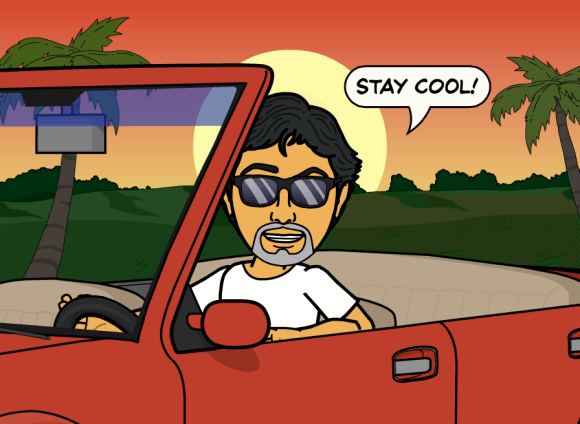The holy month of Ramadan by its very nature calls for calm. The body and the mind have to be at peace. And one’s behaviour and actions should show a degree of equanimity. Such behavior must also be evident while one is behind the wheel on the road.
This is particularly applicable around the time of Iftar. Many a times people have met with accidents and faced tragic consequences because they had to visit a friend, a family or a dear one to share Iftar but started out too close to the time when they had to break the fast, leaving little margin for the time to reach their destination.
As a result, the tendency is to speed on the ‘inviting’ roads to make up for the delay, the effort is to catch that ‘green light’ of the traffic signal before it turns red [and even to jump it on the sly if it does]. Never do that. Remember the adage ‘better late than never’. Instead of getting caught in such a situation, why not give a little thought and time to plan your trip and set out well in time. Is it not a good idea to drive at 90km/ hr when an empty road is ‘inviting’ you to drive at 120km/hr?
It is also a general custom during Ramadan to visit each other’s families with children in tow. But you must make your children sit in the back seat for their safety. It is a good idea to have a child lock. The front seat is not for children. Apart from the fact that the seat belt in a vehicle is meant for adults and is therefore always loose on children [thereby making it useless for their protection in case of an accident], the little ones also tend to fiddle with the driving instruments such as the gear or the handbrake. So it is a good idea to seat them in the back.
As for yourself, your round-the-year rule should be to wear the belt without fail before starting the engine and not to use the phone while driving.
Ramadan Kareem!

